Discover the alchemy of American artists Philip and Kelvin LaVerne
The work of Philip and Kelvin LaVerne, prized by collectors of 20th-century American art, is the subject of a new book by gallerist Evan Lobel; he tells us more
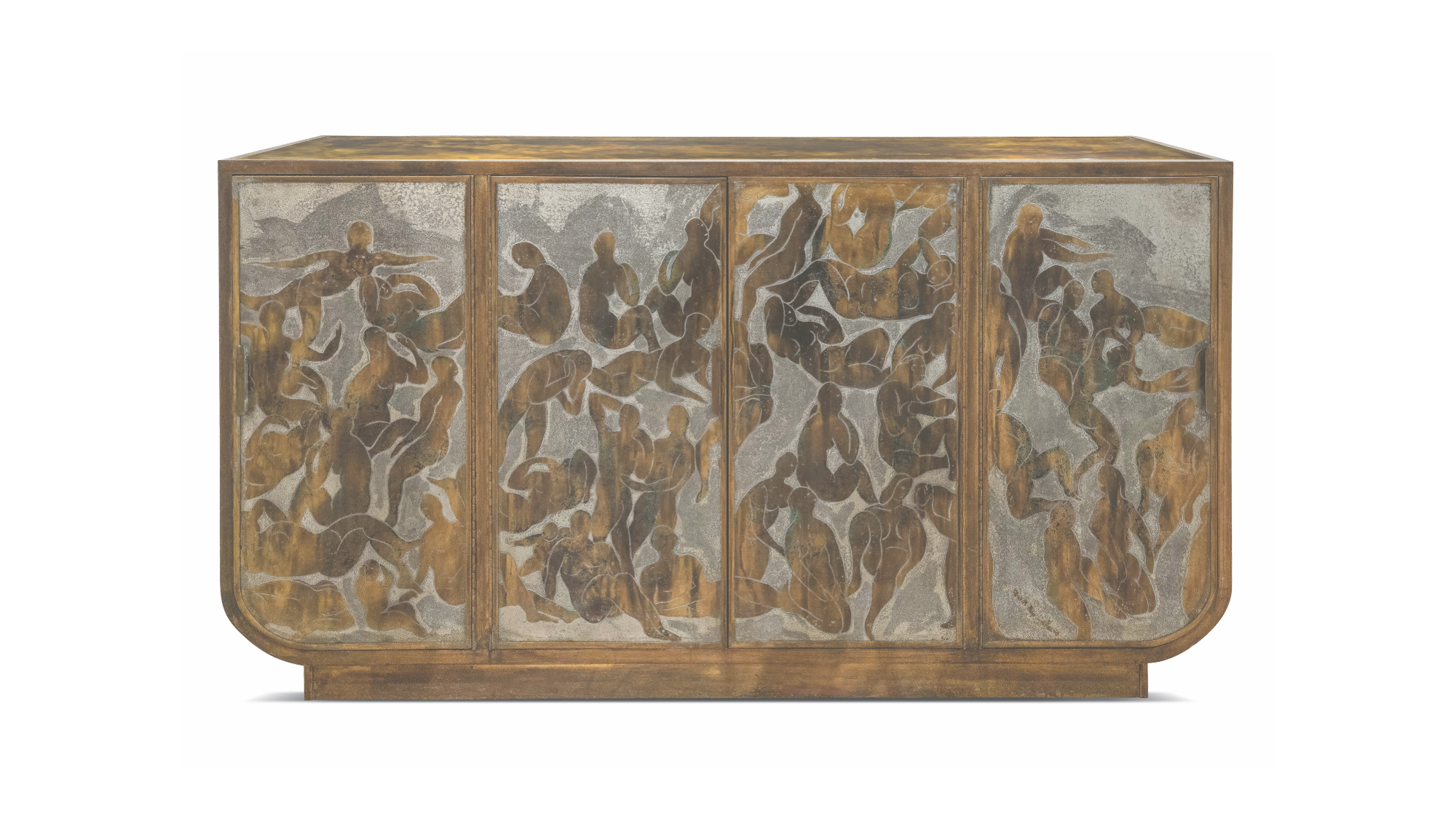
As a father-and-son artist team, Philip and Kelvin LaVerne collaborated on hundreds of unique and complex works, now presented in a new book written by New York gallerist Evan Lobel in collaboration with Kelvin. A decade in the making, Alchemy: The Art of Philip and Kelvin LaVerne highlights the astonishing breadth and depth of the duo’s practice, which ranges from avant-garde furniture to sculpture and painting.
‘I opened my gallery Lobel Modern in 1998, and almost immediately I started showing works by the LaVernes,’ explains the gallerist. ‘Their works are unique and also very enigmatic; people would always ask me how they were made. And what the abstract patterns meant. To be honest, I didn’t have a good response to those questions at the time.’
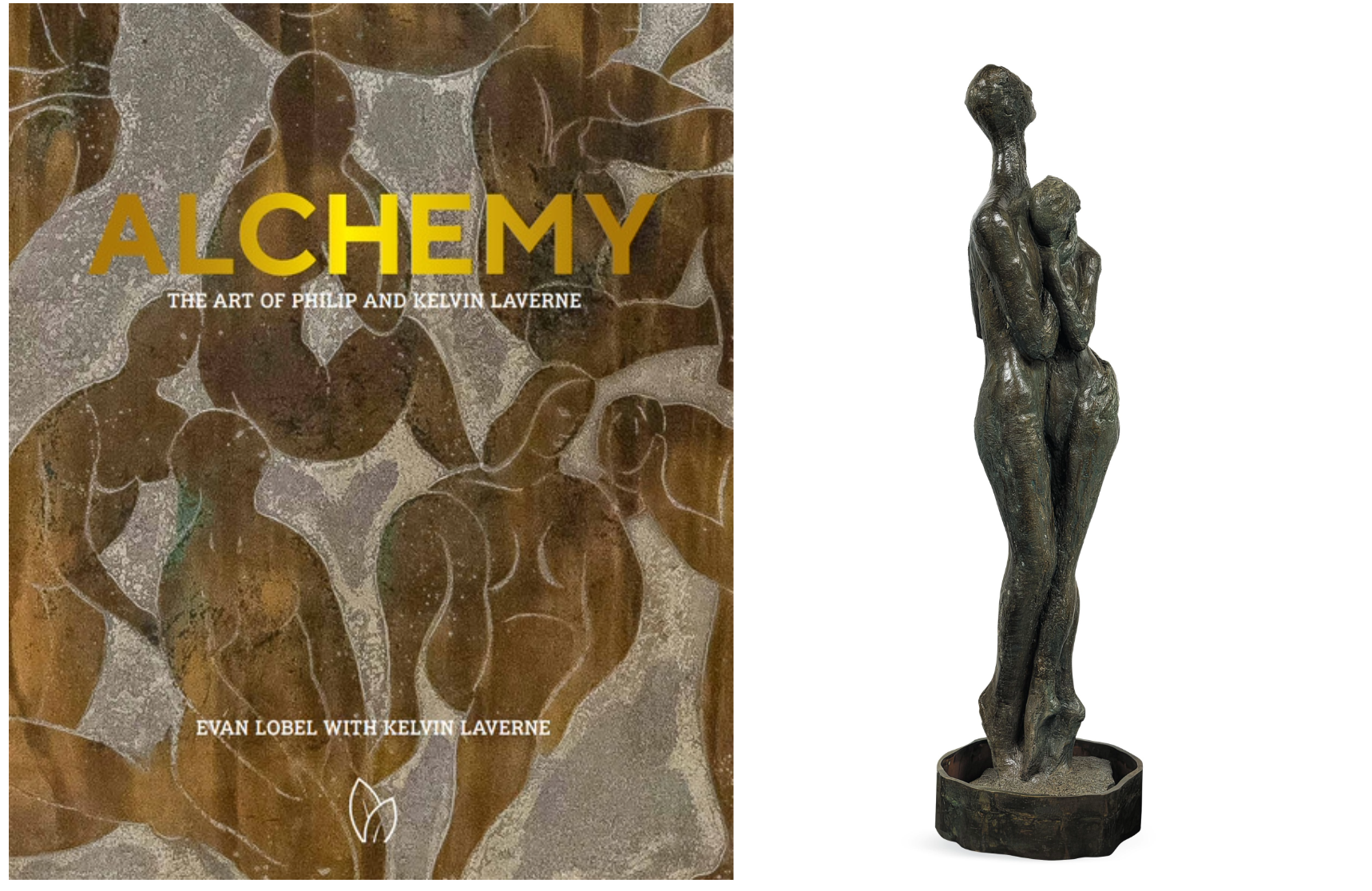
The new book’s cover and, right, Pygmalion, 1970s, by Philip and Kelvin LaVerne
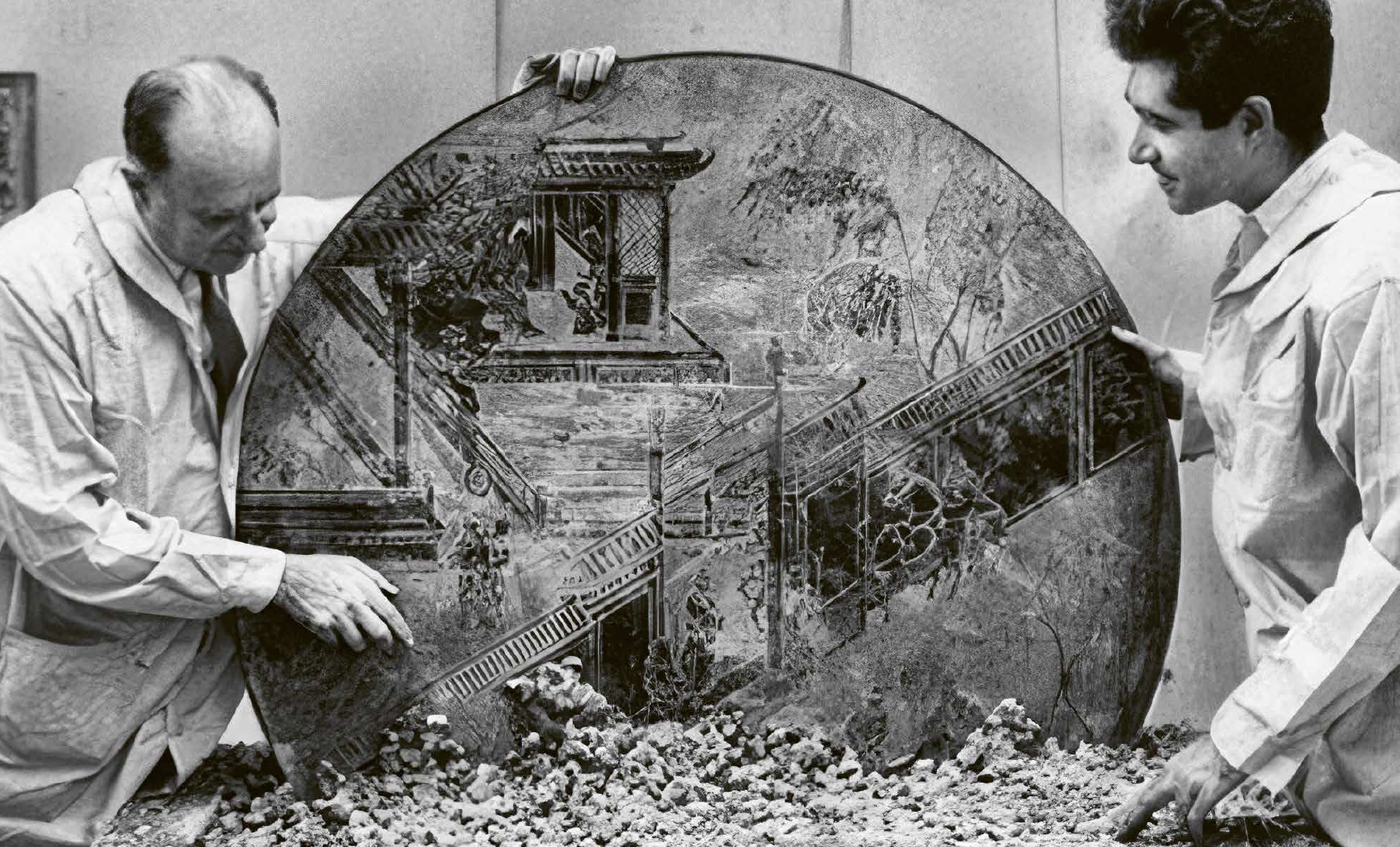
Philip and Kelvin LaVerne with their 'Chan' coffee table in the 1960s
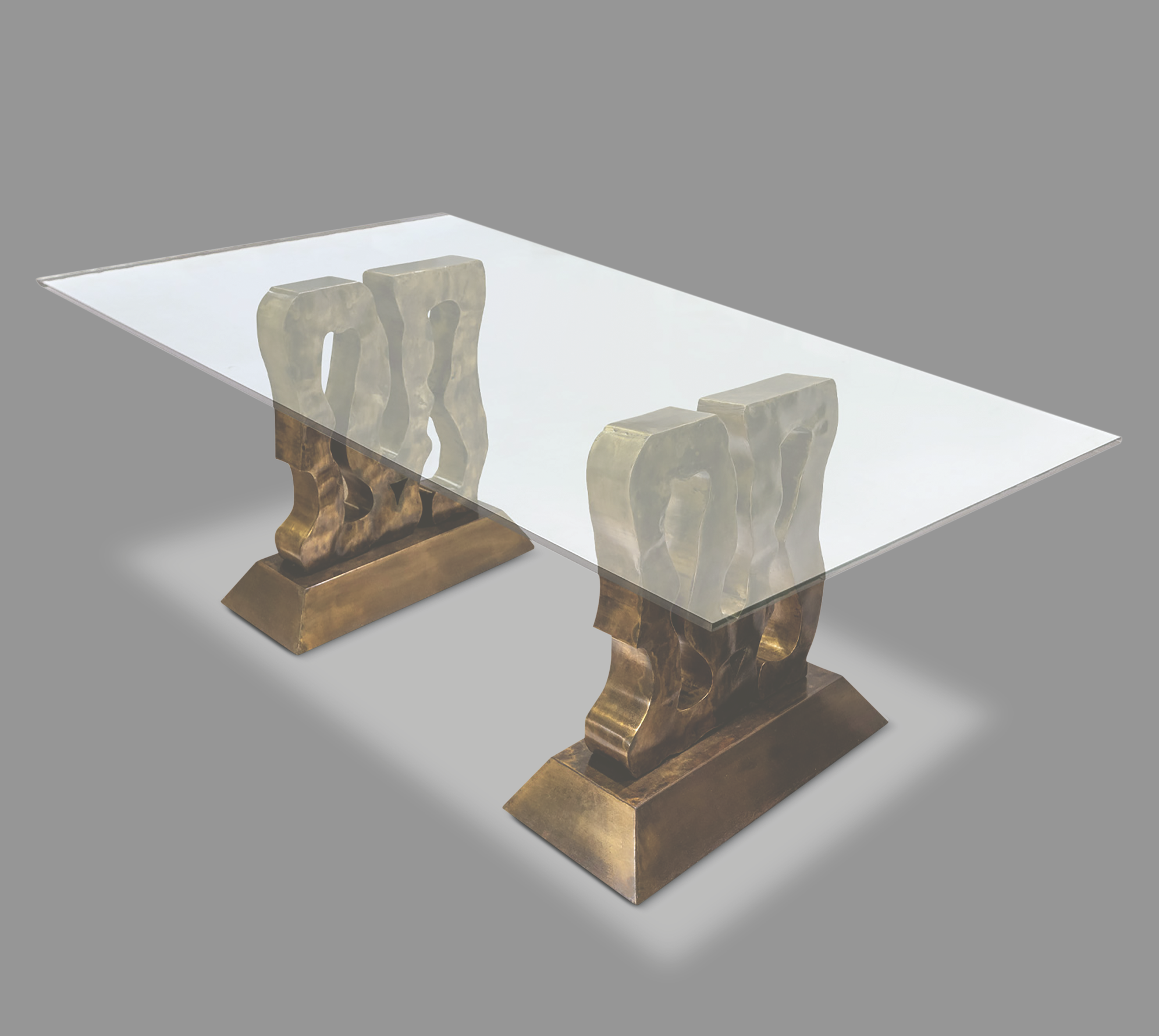
'Abstract' dining table, 1970s, by Philip and Kelvin LaVerne
To learn more about the duo, Lobel bought an old catalogue from the 1970s and studied it. ‘The truth is that over time I was finding a lot of one-of-a-kind pieces that were incredible: small tables, paintings, and sculptures. There was a lot of variation in designs and methods of fabrication: most pieces were engraved, but there were also pieces cast in bronze, hand-brazed [welded] works and engraved paintings,’ recalls Lobel.
‘It was then that I realised that these weren’t furniture designers but artists. In fact, they called their works “function sculptures”, and that gives you great insight into their mindsets.’

A 1970s photograph of the Seymour Gallery, which was located on the third floor of Philip and Kelvin LaVerne's gallery on East 57th Street in New York, shows where the artists displayed their finest artworks
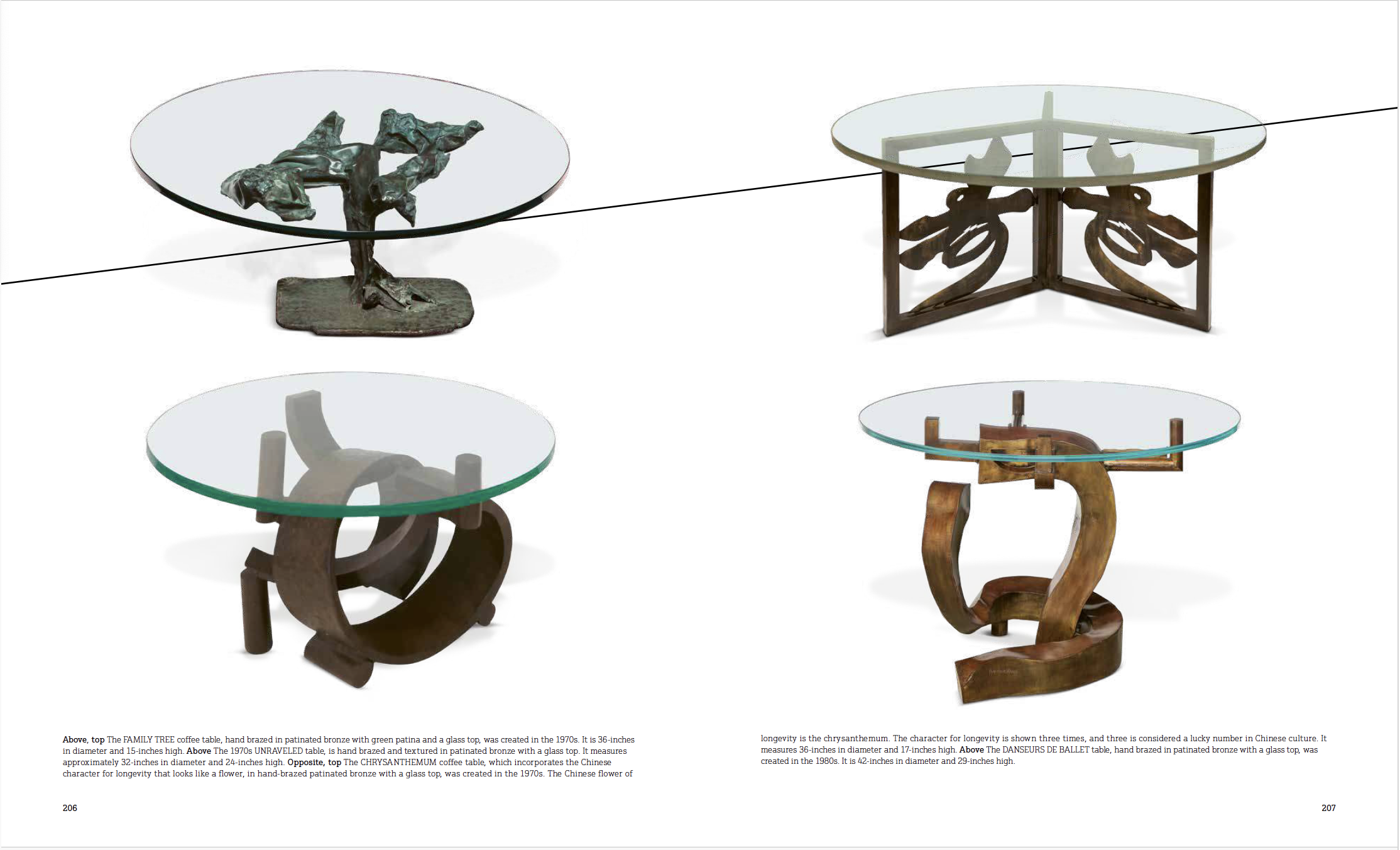
A series of coffee tables from the 1970s, by Philip and Kelvin LaVerne
Many of the LaVernes’ pieces, which often blend historical references of past civilisations and art historical motifs with modernist design principles, have featured in Wallpaper* interiors shoots, and their value has sky-rocketed over the past few years. The new book focuses on the duo’s biography and introduces a bounty of beautiful and never-before-seen images and commentary.
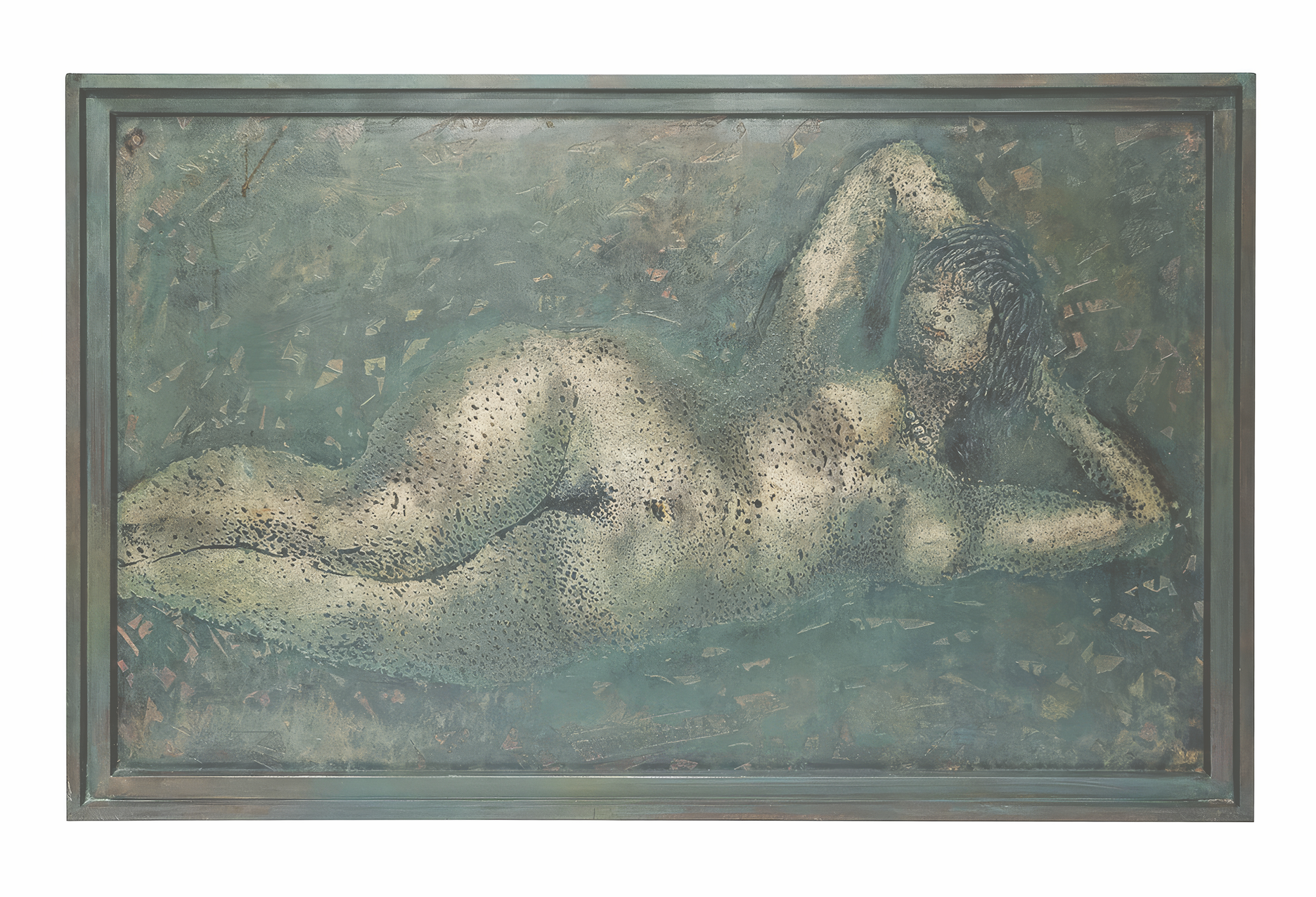
The Passion, 1970s, by Philip and Kelvin LaVerne
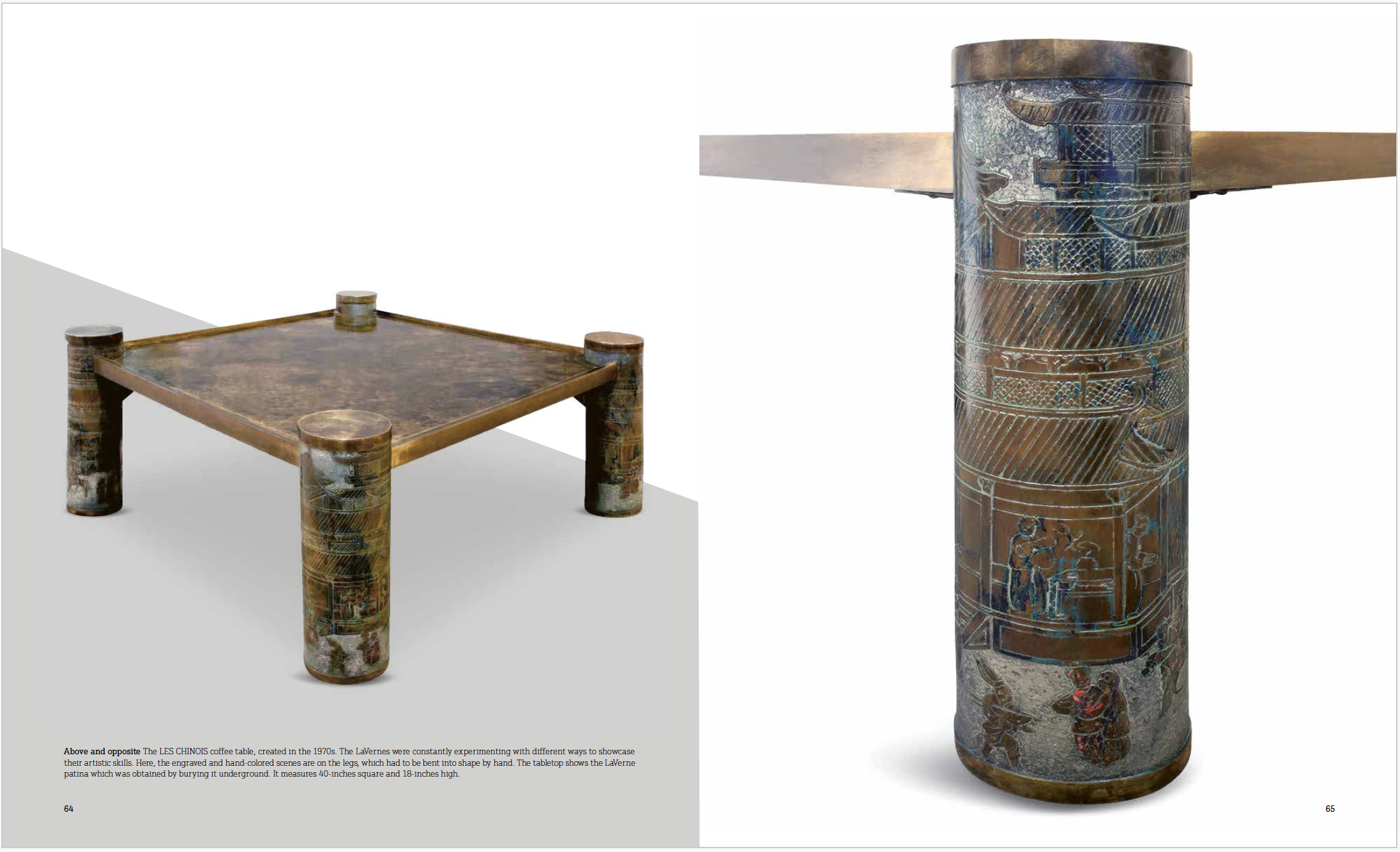
'Les Chinois' coffee table, 1970s, by Philip and Kelvin LaVerne
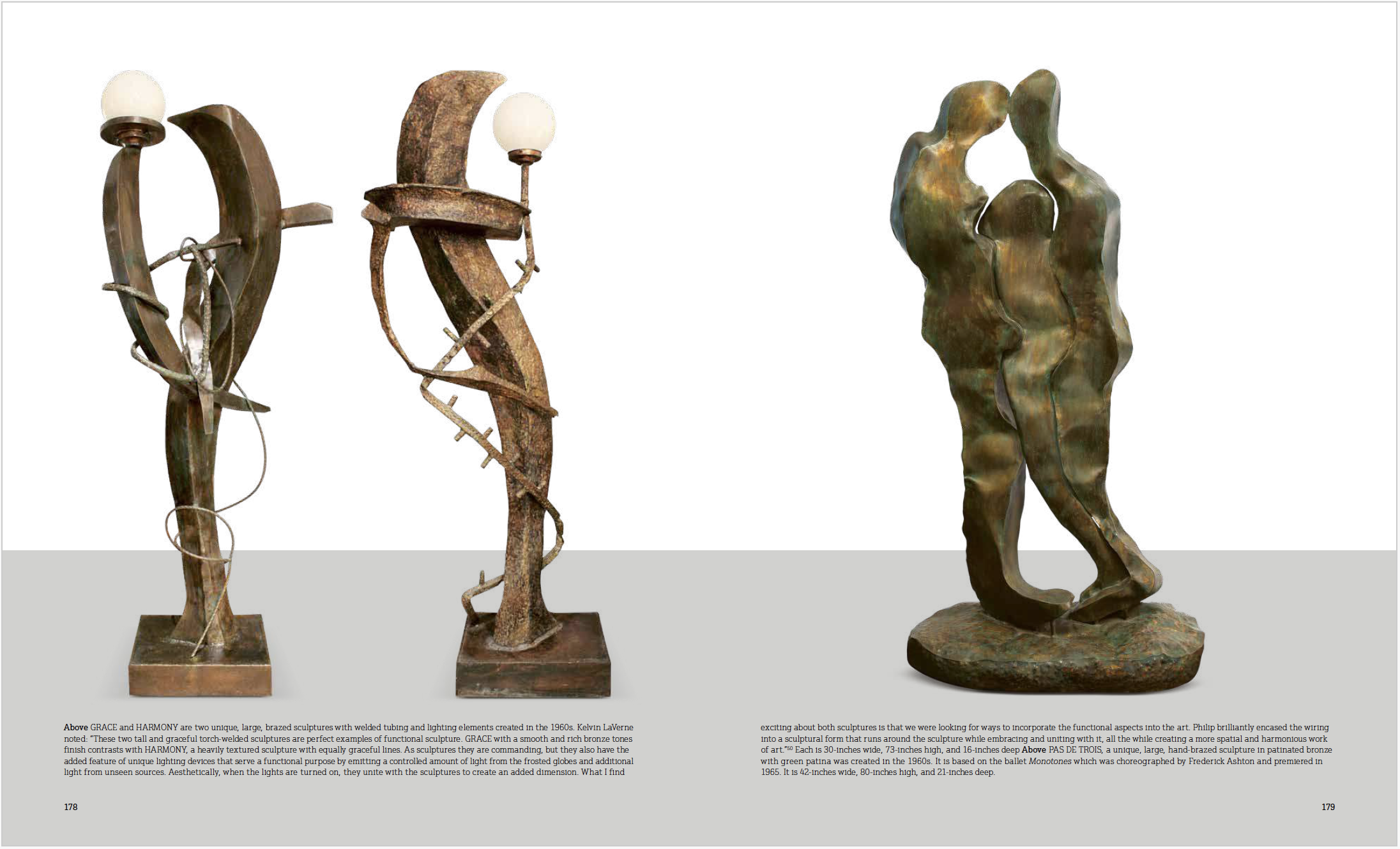
Left, Grace and Harmony; right, Pas de Trois, both from the 1960s, by Philip and Kelvin LaVerne
‘My favourite work by Philip and Kelvin LaVerne is a pair of illuminating large sculptures named Grace and Harmony,’ says Lobel. ‘They are one-of-a-kind works and the LaVernes made them by hand-brazing them. They wanted to incorporate lights at the backs and tops because they felt that the “halos” created by them gave them a spiritual aura. They are masterpieces.’
Kelvin, now in his eighties, discusses the works at length in the book, which is a true collaboration with Lobel. The result is a comprehensive testament to the importance of the LaVernes as artist-designers who brought history, craftsmanship, and innovation into conversation with functional design and art. Through many conversations, over the course of a decade, Kelvin shared unparalleled insight into the methods he and his father used.
Receive our daily digest of inspiration, escapism and design stories from around the world direct to your inbox.
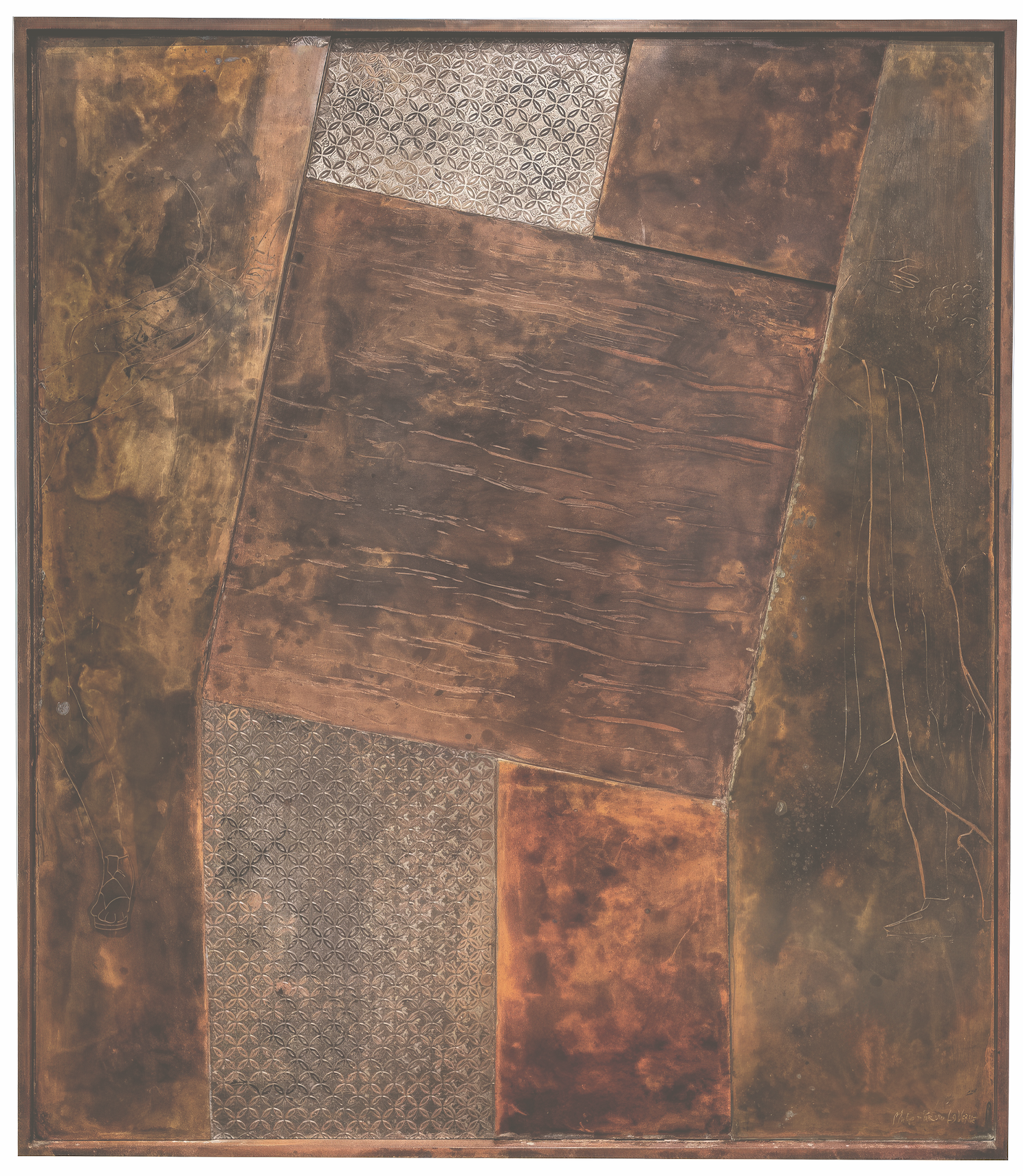
Hellenic Memories, 1970s, by Philip and Kelvin LaVerne
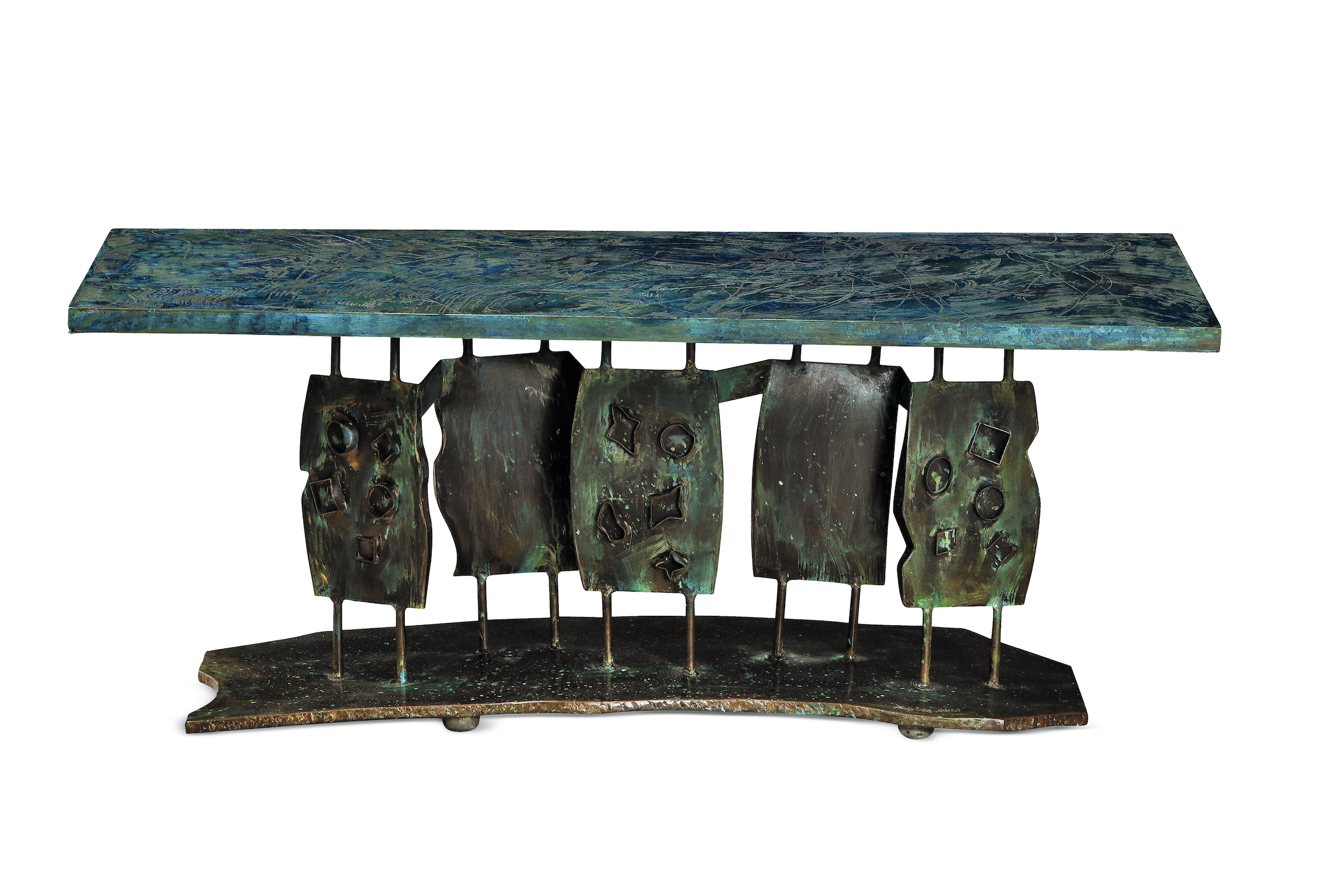
'Dance of Fauves' coffee table, 1960s, by Philip and Kelvin LaVerne
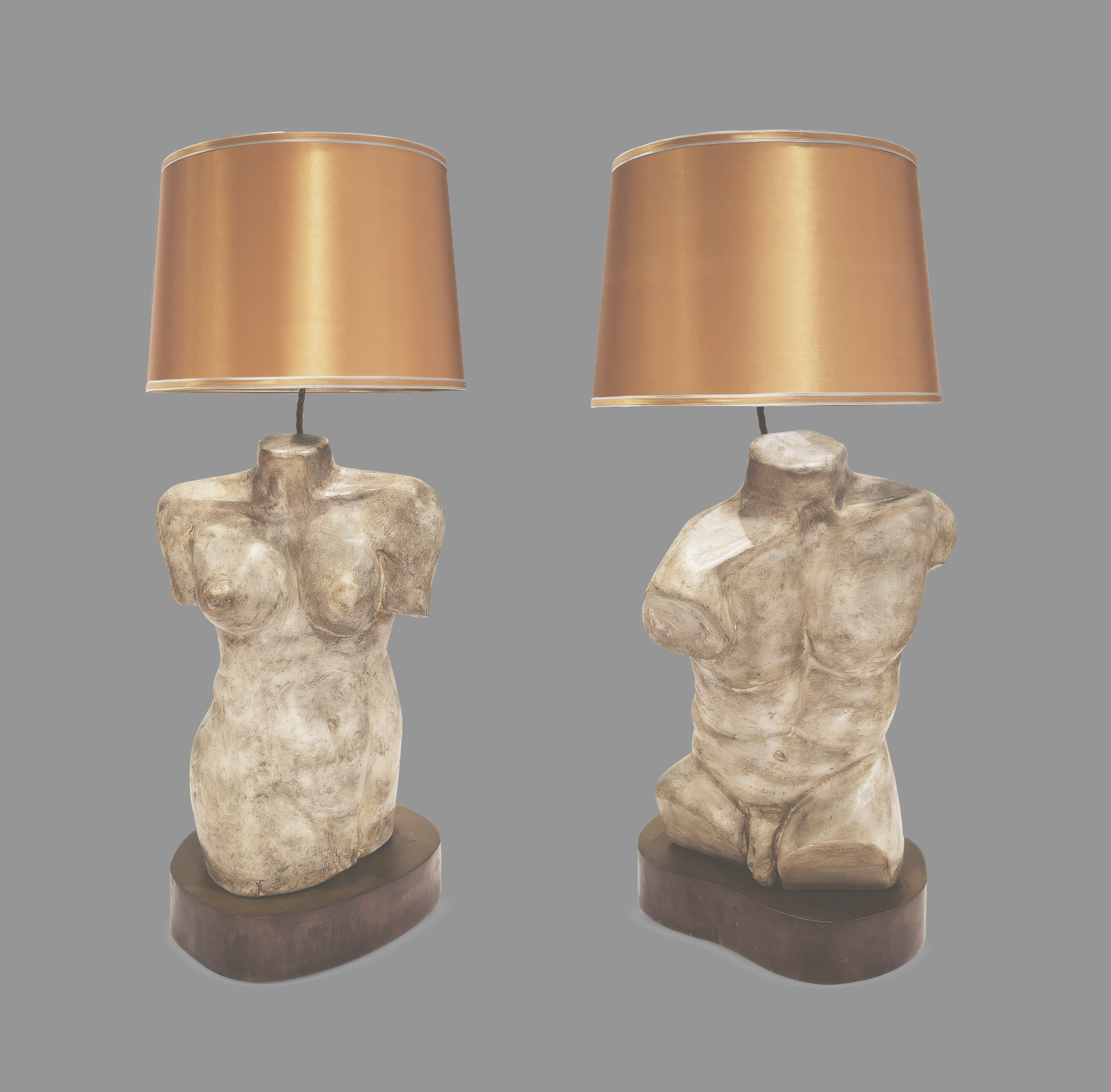
'Male and Female Torso' table lamps, 1970s, by Philip and Kelvin LaVerne
‘In the book, I do a deep dive into the artists’ experimentations and various methods of production, and the inspiration behind their works,’ explains Lobel. ‘Each piece has a story, and many of the stories are extremely thought-provoking. They were interested in creating pieces that seemed to be rooted in the past but with modern forms.
'They buried their pieces in soil for an extended period to achieve the “LaVerne patina”. In the 1950s they experimented with various metals and soils for six years before finding the optimal combination, which involved a soil from Africa kept at a low temperature. They were not just artists, they were chemists and physicists. They were alchemists.’
Alchemy: The Art of Philip and Kelvin LaVerne, by Evan Lobel with Kelvin LaVerne, $120, from Pointed Leaf Press, also available from waterstones.com, barnesandnoble.com and amazon.com
Léa Teuscher is a Sub-Editor at Wallpaper*. A former travel writer and production editor, she joined the magazine over a decade ago, and has been sprucing up copy and attempting to write clever headlines ever since. Having spent her childhood hopping between continents and cultures, she’s a fan of all things travel, art and architecture. She has written three Wallpaper* City Guides on Geneva, Strasbourg and Basel.
-
 A tale of two Audis: the A5 saloon goes up against the A6 Avant e-tron
A tale of two Audis: the A5 saloon goes up against the A6 Avant e-tronIs the sun setting on Audi’s ICE era, or does the company’s e-tron technology still need to improve?
-
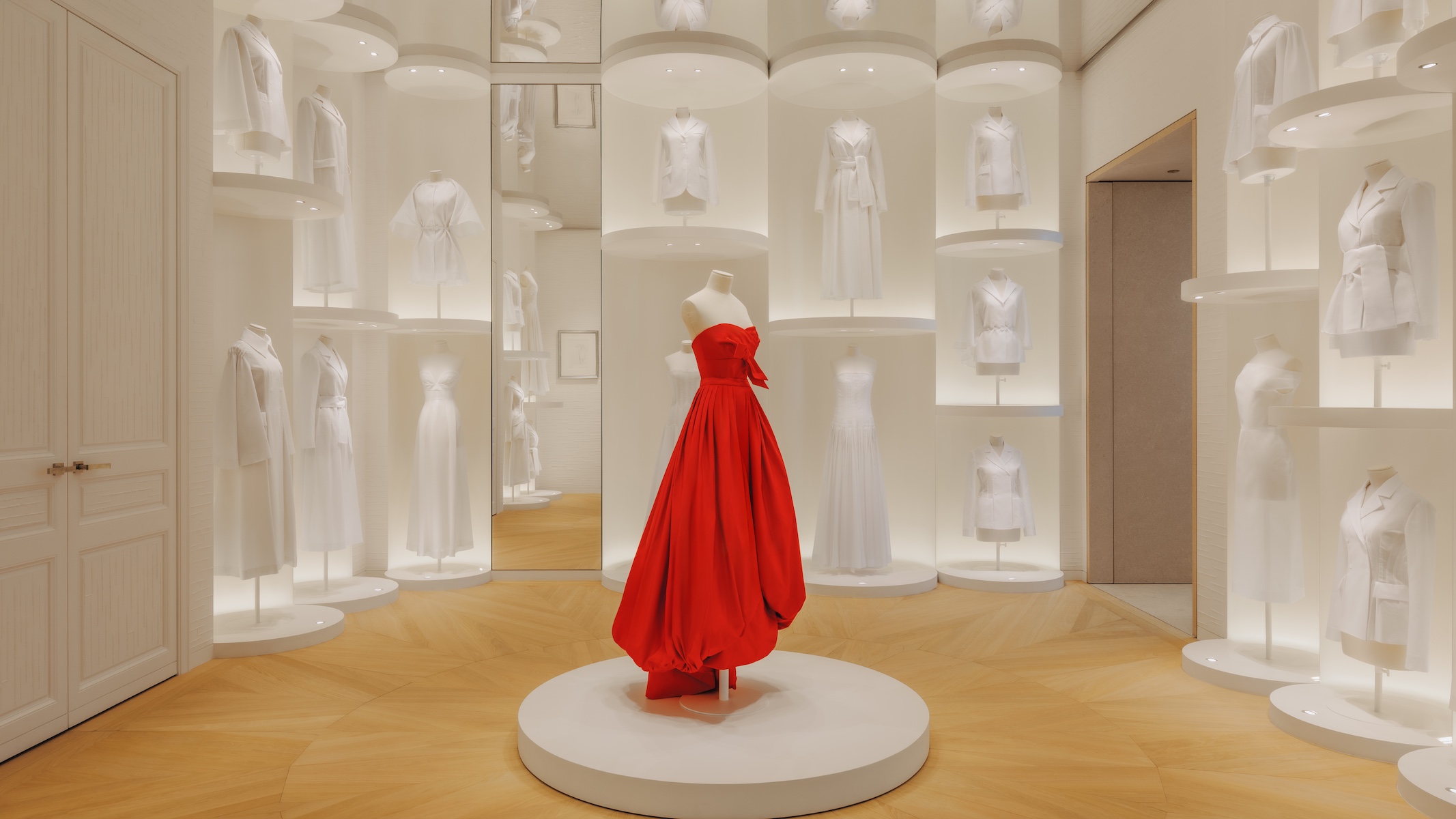 Inside Christian de Portzamparc’s showstopping House of Dior Beijing: ‘sculptural, structural, alive’
Inside Christian de Portzamparc’s showstopping House of Dior Beijing: ‘sculptural, structural, alive’Daven Wu travels to Beijing to discover Dior’s dramatic new store, a vast temple to fashion that translates haute couture into architectural form
-
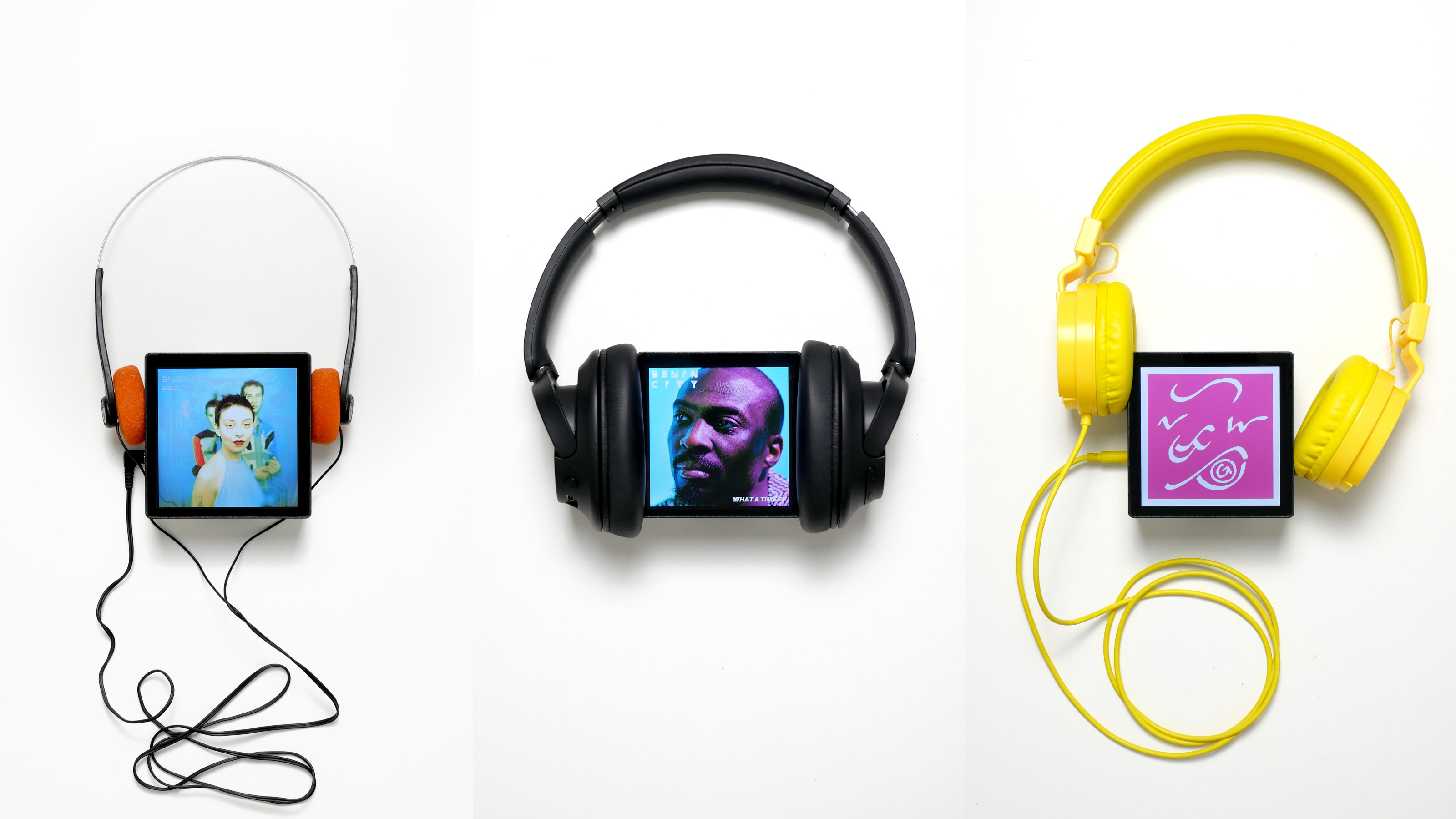 A music player for the mindful, Sleevenote shuns streaming in favour of focused listening
A music player for the mindful, Sleevenote shuns streaming in favour of focused listeningDevised by musician Tom Vek, Sleevenote is a new music player that places artist intent and the lost art of record collecting at the forefront of the experience
-
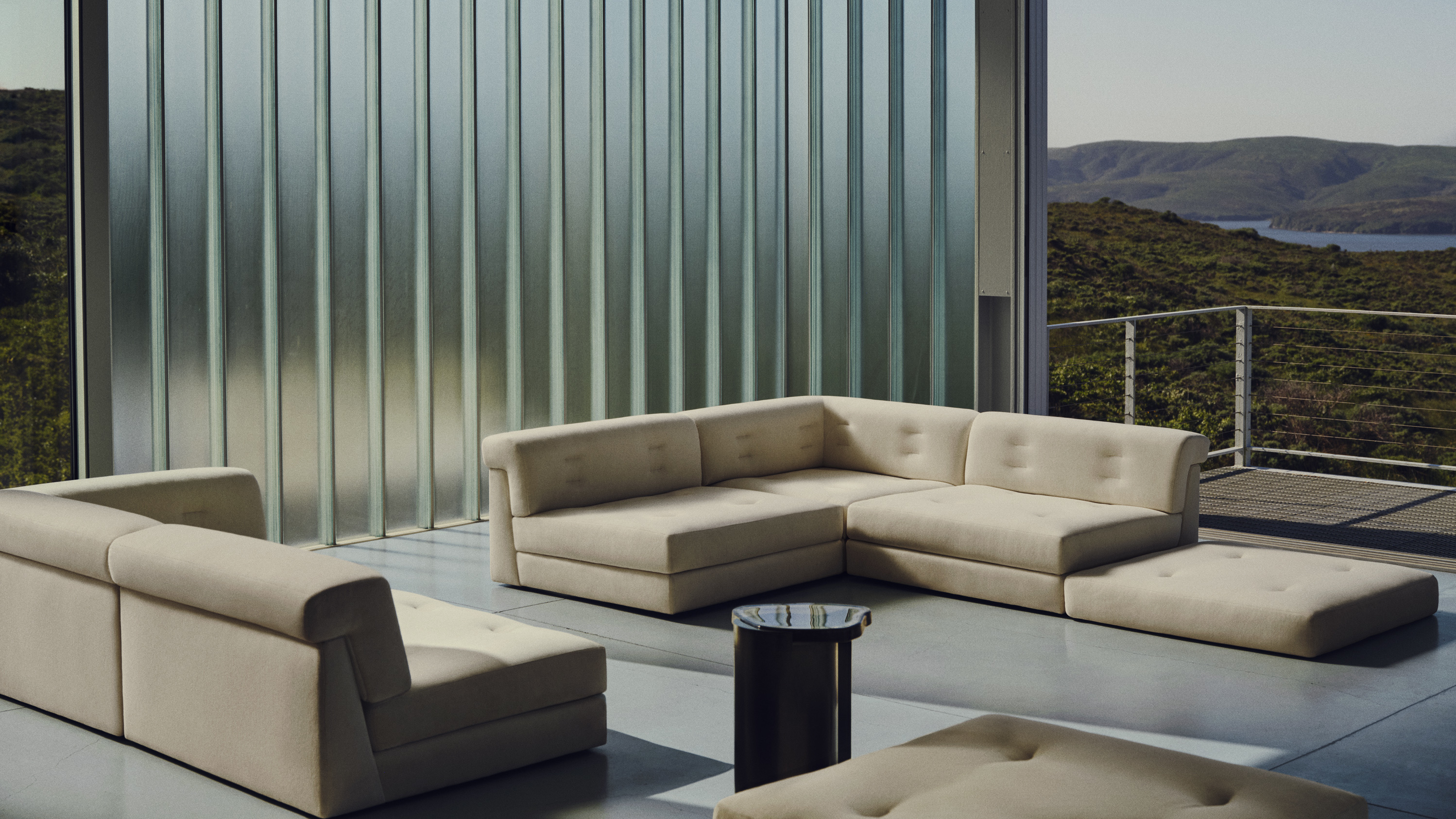 New furniture from Maiden Home elevates elemental materials through unique design
New furniture from Maiden Home elevates elemental materials through unique designFinely crafted and exquisitely formed, the New York furniture brand’s latest designs find their perfect showcase at a modernist Californian home
-
 Wallpaper* USA 400: The people shaping Creative America in 2025
Wallpaper* USA 400: The people shaping Creative America in 2025Our annual look at the talents defining the country’s creative landscape right now
-
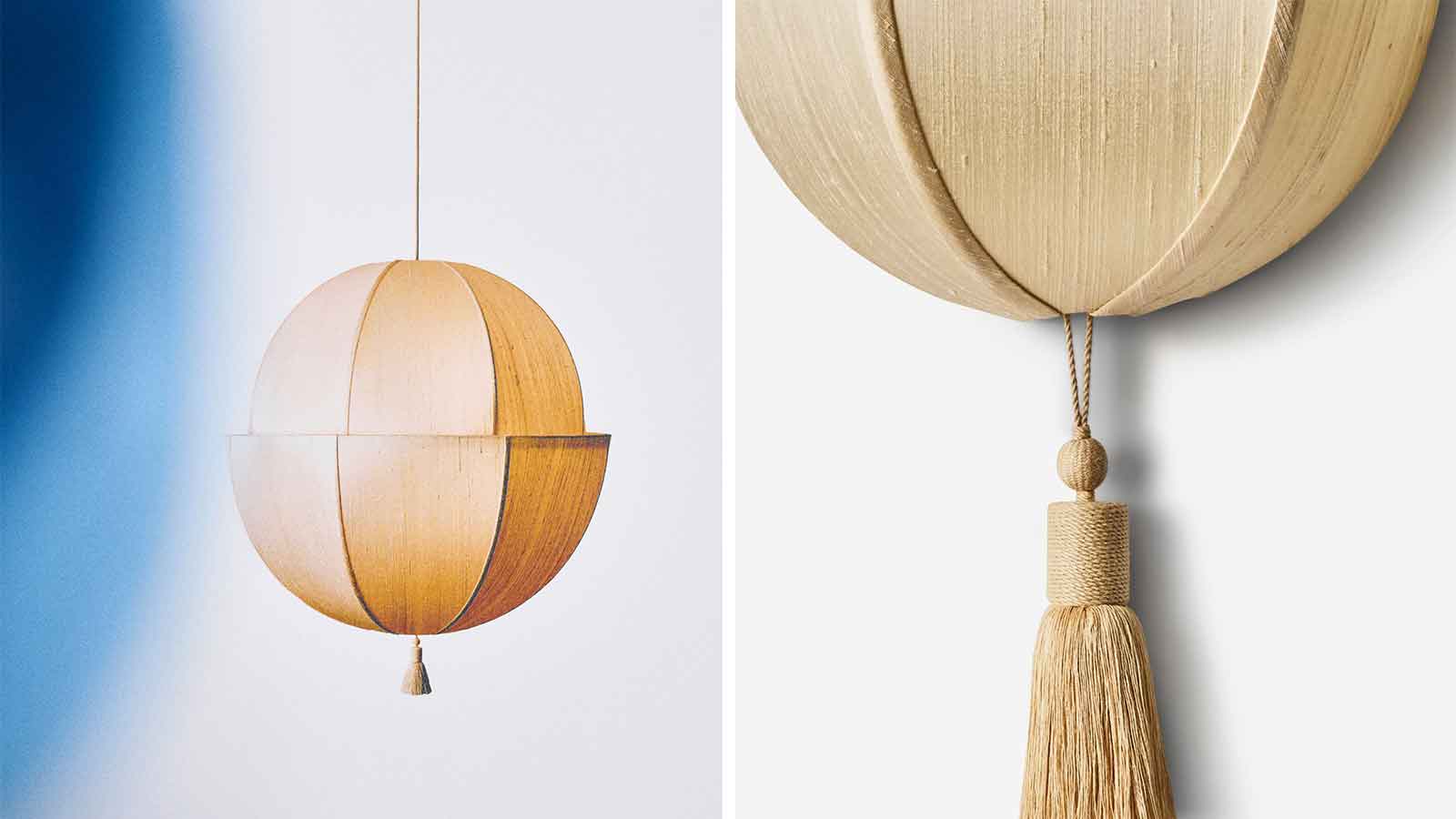 Workstead's lanterns combine the richness of silk with a warm glow
Workstead's lanterns combine the richness of silk with a warm glowAn otherworldly lamp collection, the Lantern series by Workstead features raw silk shades and nostalgic silhouettes in three designs
-
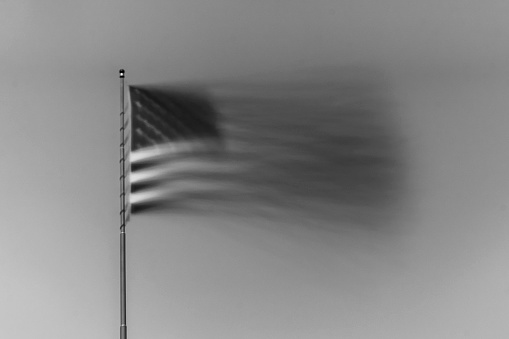 Can creativity survive in the United States?
Can creativity survive in the United States?We asked three design powerhouses to weigh in on this political moment
-
 Murray Moss: 'We must stop the erosion of our 250-year-old American culture'
Murray Moss: 'We must stop the erosion of our 250-year-old American culture'Murray Moss, the founder of design gallery Moss and consultancy Moss Bureau, warns of cultural trauma in an authoritarian state
-
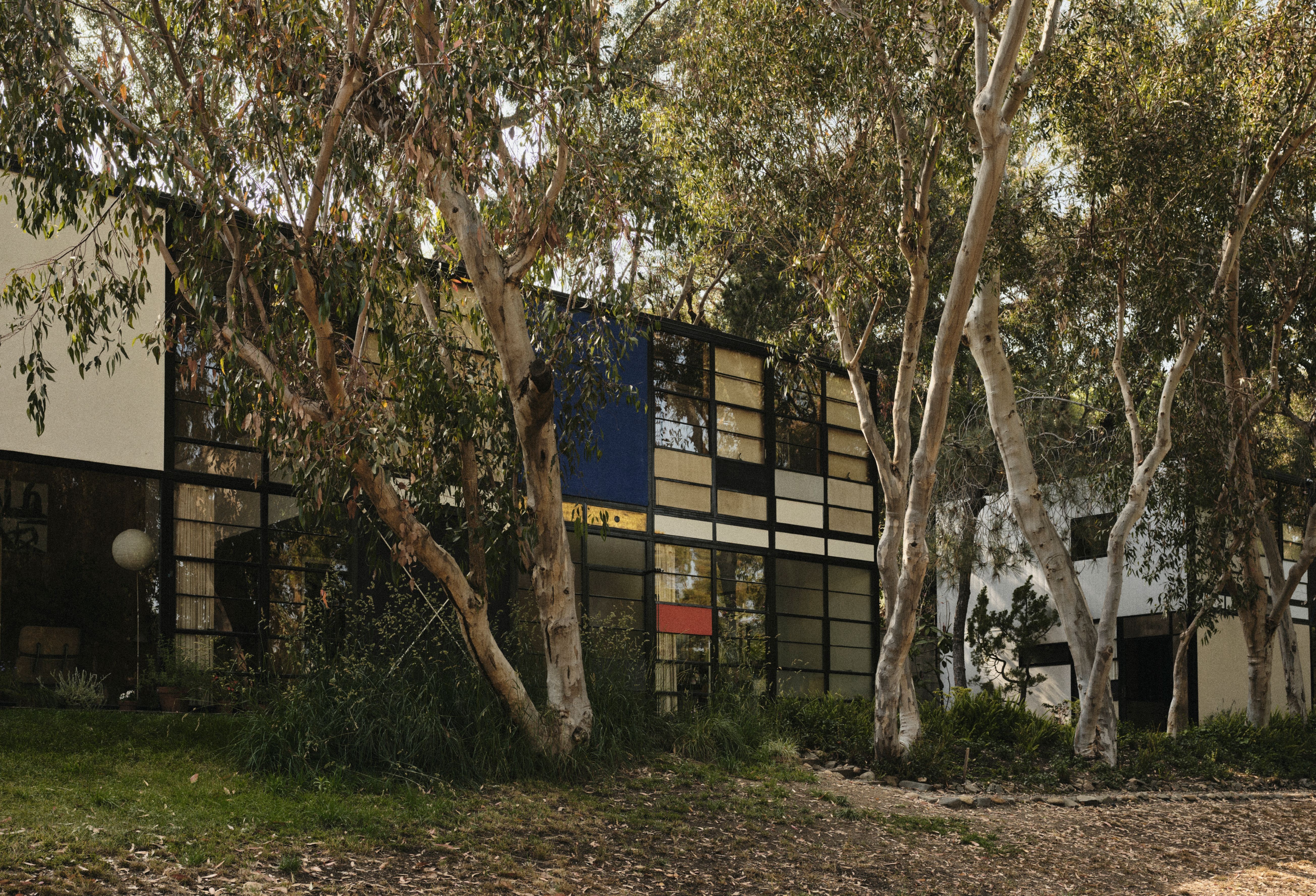 ‘You can feel their presence’: step inside the Eameses’ Pacific Palisades residence
‘You can feel their presence’: step inside the Eameses’ Pacific Palisades residenceCharles and Ray Eames’ descendants are exploring new ways to preserve the designers’ legacy, as the couple’s masterpiece Pacific Palisades residence reopens following the recent LA fires
-
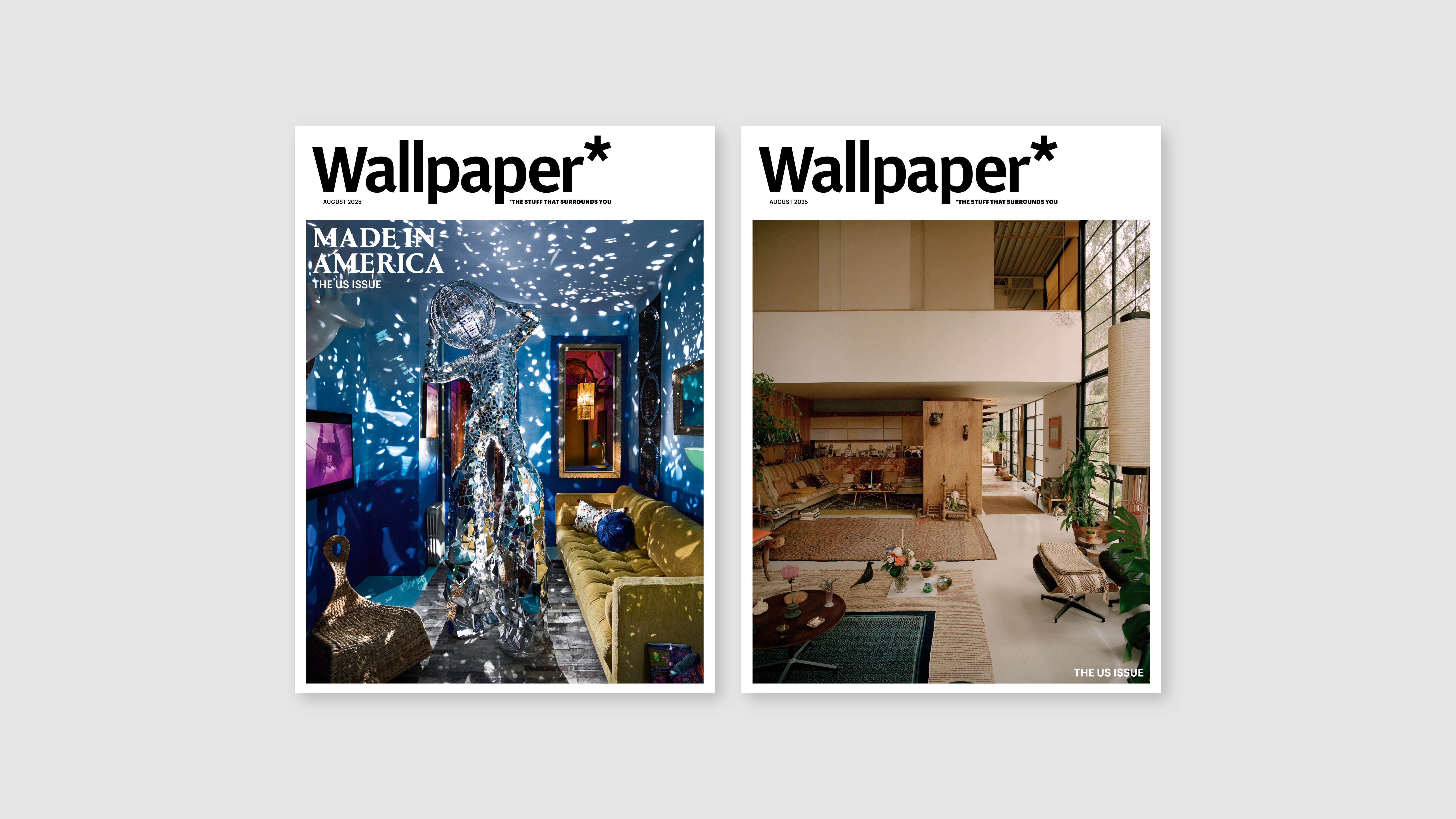 2025’s Wallpaper* US issue is on sale now, celebrating creative spirit in turbulent times
2025’s Wallpaper* US issue is on sale now, celebrating creative spirit in turbulent timesFrom a glitterball stilt suit to the Eames House, contemporary design to a century-old cocktail glass – the August 2025 US issue of Wallpaper* honours creativity that shines and endures. On newsstands now
-
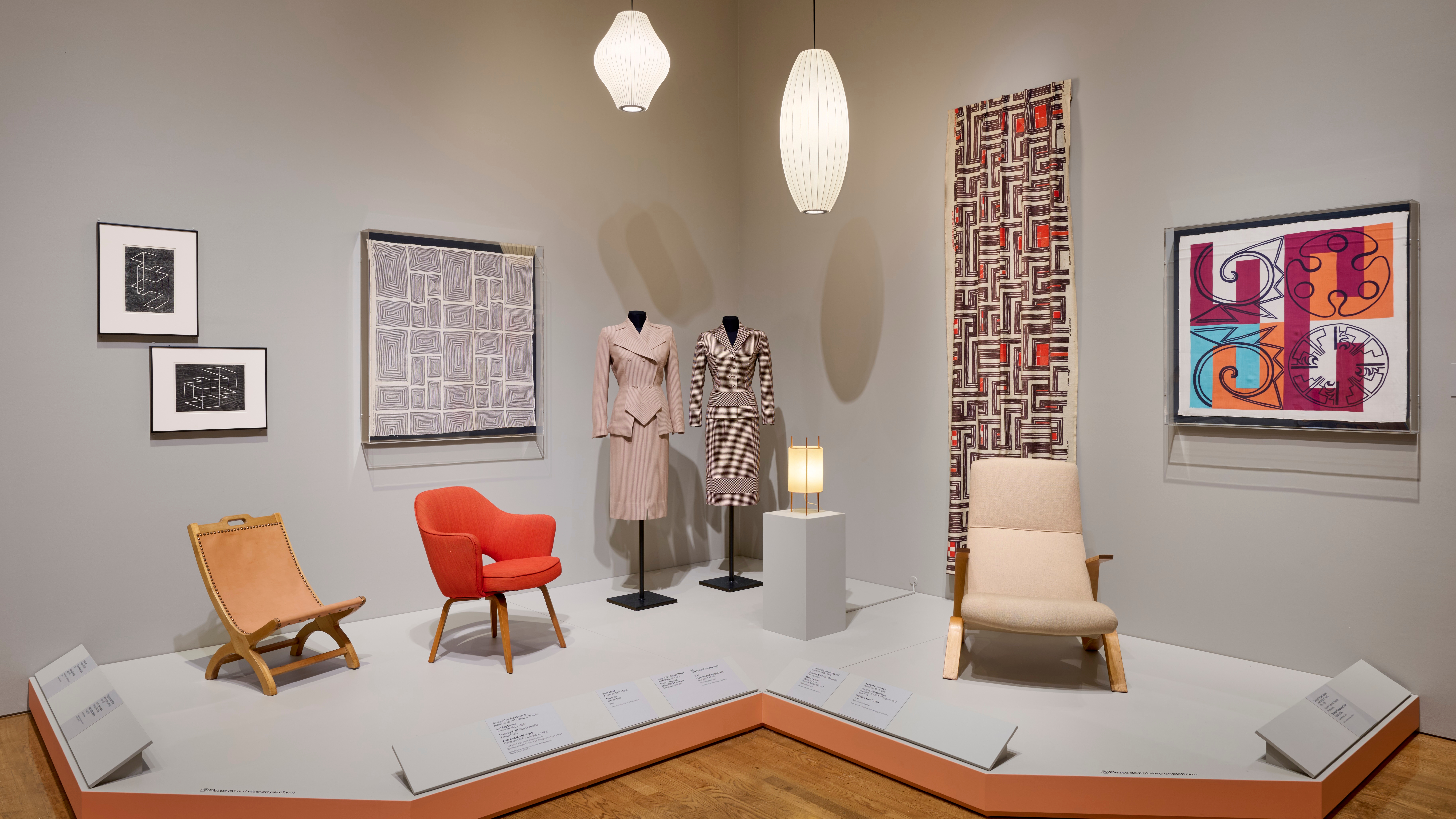 ‘Boom: Art and Design in the 1940s’ explores the creative resilience of the decade
‘Boom: Art and Design in the 1940s’ explores the creative resilience of the decadeNoguchi and Nakashima are among those who found expression and innovation in the adversity of the 1940s; take a walk through the Philadelphia Museum of Art exhibition